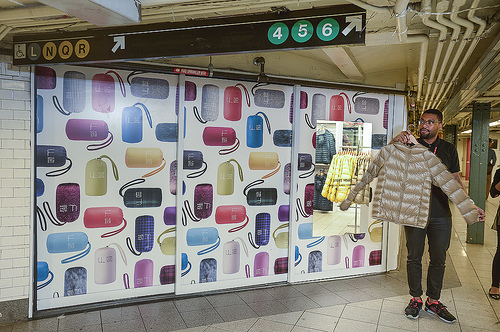 Although the online-only model is very attractive and has cost and distribution advantages, having a physical presence has proven to drive sales with meaningful volume and be an effective channel to reach new customers. This is a large reason why companies like ASOS is thinking along these lines with Nick Roberston, CEO of ASOS saying “being a digital fashion brand, it is important we never lose a digital element to what we’re doing, however based on consumer reaction and participation, I think we will be looking at more new and innovative ways we can get our brand in front of the customer for a physical experience in the future”.
Although the online-only model is very attractive and has cost and distribution advantages, having a physical presence has proven to drive sales with meaningful volume and be an effective channel to reach new customers. This is a large reason why companies like ASOS is thinking along these lines with Nick Roberston, CEO of ASOS saying “being a digital fashion brand, it is important we never lose a digital element to what we’re doing, however based on consumer reaction and participation, I think we will be looking at more new and innovative ways we can get our brand in front of the customer for a physical experience in the future”.
Quirky also claims that brick-and-mortar retail partners are key to its success, driving 85% of the company’s revenue, with the rest coming from online sales through Quirky.com, Amazon, ThinkGeek and other e-sellers.
So the challenge becomes this: how do businesses leverage the benefits of a physical store while removing the challenges that are destroying brick-and-mortar retail?
Read more on “How Retail Is Evolving In An On-Demand Economy”
Image sourced from MTA photos



